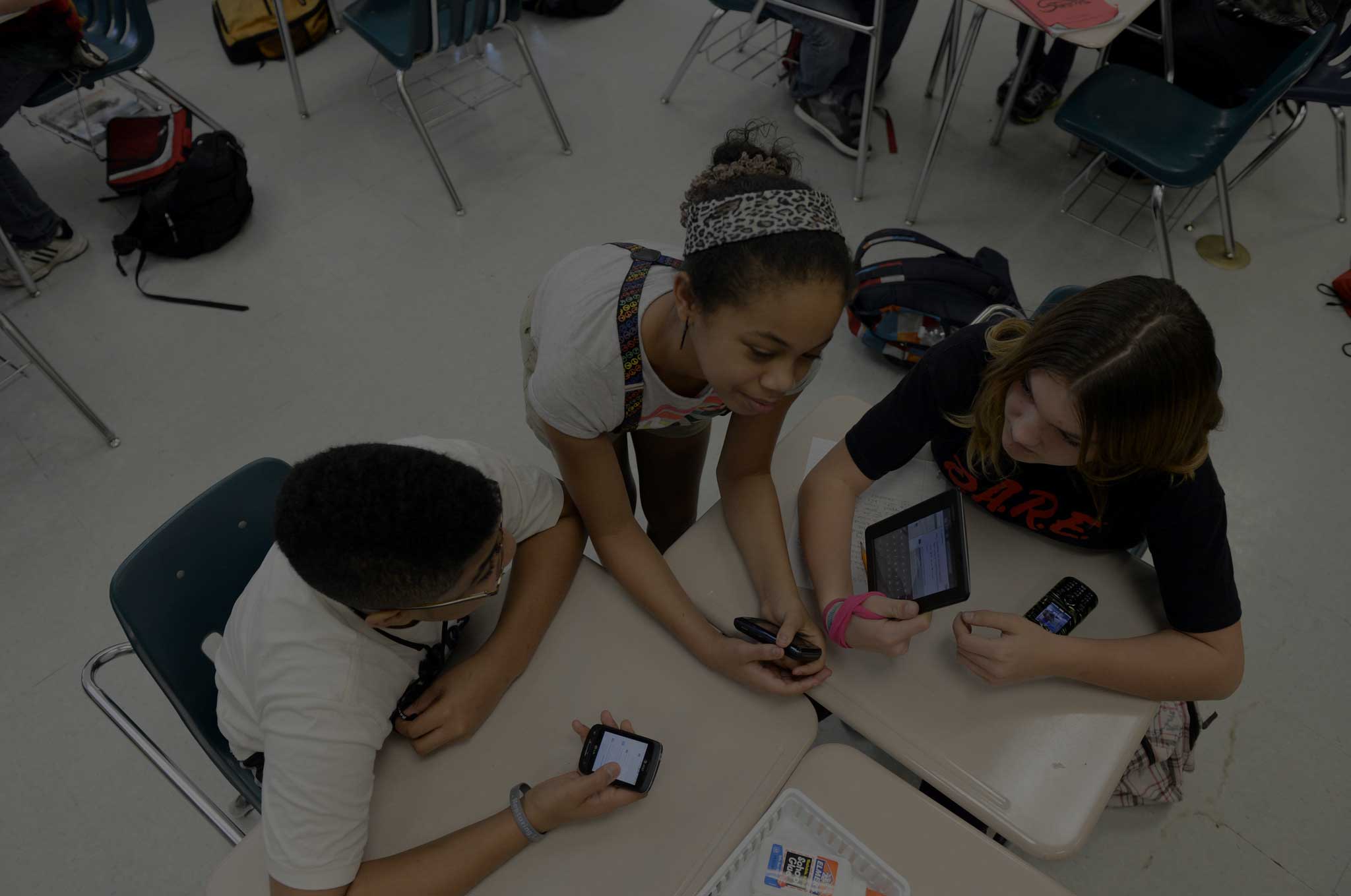
One of the most addicting and greatest things about technology is when it’s new. Schools often times get into trouble when they fall into the trap of “new technology” because they fail to ask themselves one question, is it right for my classrooms?
The fact is the allure of being new is a powerful proposition, but for schools this can have disastrous consequences without proper planning. To be successful schools need to follow the right set of guidelines when choosing new classroom technology.
Here’s a simple set of rules to help you choose the right kind of classroom technology for both your students and teachers.
Improving the Classroom Experience
If something is designed with the whole picture in mind, it is usually more successful. This is especially true when talking about integrating new classroom technology.
Deploying classroom technology that is targeting an individual—whether it's a student or teacher—is not keeping the term "classroom" in mind. Classrooms are students and teachers as a unit.
The overall goal should come from a place that is focused on serving the greater good and enhancing the entire learning experience for everyone. You should ask yourself how will it benefit both my teachers and students, how will they use it together, what type of environment will it promote, how will it enhance the entire classroom.
Easy to Use and Understand
Simplicity is not the equivalent of boring or not valuable. Think of some of the simplest programs, games and devices you know, and look at how they still manage to keep you endlessly engaged.
Classrooms are busy places, and teachers have to capture the attention of easily-distracted students. Applications that are being designed for education need to keep that in focus if they are going to be appreciated and used.
There’s nothing more frustrating than overly-complicated devices or software. Even if it can do everything you can think of, if it doesn’t make sense to the end users then it will only end up fighting you instead of working with you.
Some things that can be kept in mind when procuring classroom-friendly technology are:
- Applications should focus on workflows rather than a large number of features
- It doesn’t need to do everything
- Stability and reliability are key
- Internal app updates are essential for convenience
It's All About the Solution
Why do you buy new technology for your classrooms? The primary answer to that question is usually "to solve a problem". What problem are you looking to solve? That's something to ask yourself before buying any new kind of technology.
Classroom-friendly technology should work to remove barriers to education—and to promote maximum student-teacher engagement. It shouldn’t be because it’s the latest and greatest thing.
Don't Forget Your Wireless Infrastructure
If you are choosing technology to integrate into an existing network, be very careful. A lot of times schools run into massive problems when they try to deploy the newest devices or software onto their aging network.
Remember your current network was more than likely designed before this new technology was even on the market so odds are some changes will be involved.
We suggest before you buy to perform a wireless site survey or mobility readiness assessment. This will allow you to dig deep into your current wireless network to see what you got and what your limitations are.
In addition you can also do an application performance test to find out from the end user’s perspective how those new devices or applications will fare on your current network. From there you will be able to make the appropriate adjustments or updates to your network so you can fully support the new technology.
Planning is essential to your success and the proper infrastructure is critical to the success of any classroom technology integration. You’ll never know if those iPads were a good idea if you can only use them one at a time because your network can’t keep up.
Picking the right technology for your school takes research and a lot of planning. You are looking for technology that promotes the whole classroom experience that is simple and focuses on the solution. When you keep that in mind, you'll end up choosing technology that has real value, and actually works.






